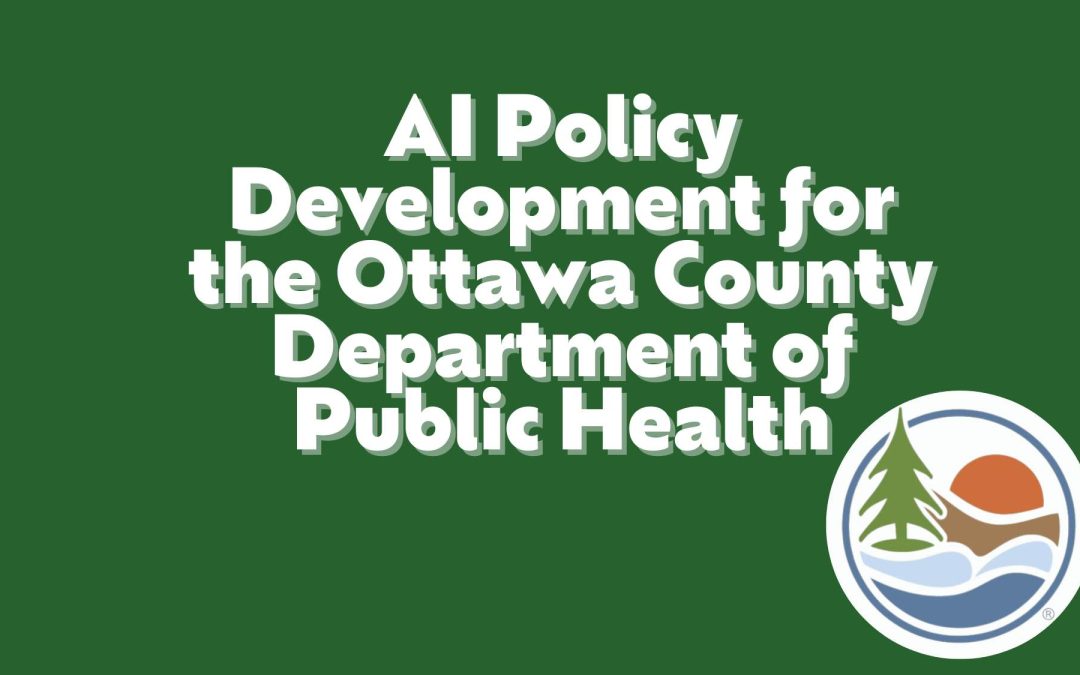
When developers of artificial intelligence (AI) come together to create tools intended to transform health care, one vital perspective is frequently absent: public health. In spite of AI’s capability to enhance outcomes and optimize processes, its development often occurs with minimal consideration for public health priorities. This lack of involvement is more than a mere technical oversight; it represents an equity concern with extensive implications.
Equity deficiencies are ingrained in many AI systems prior to their implementation in hospitals or health departments, ranging from algorithmic bias to the neglect of community-level data. Public health agencies are seldom recognized as essential collaborators in AI development, leading to their exclusion from initial design discussions. Consequently, these tools tend to overlook community-level requirements or fail to represent the priorities of public health practice.
Public health can either be excluded or choose to step back. Leaders in public health increasingly recognize that AI will influence the future trajectory of the field, yet many are reluctant to participate due to worries surrounding HIPAA, liability related to data, and ethical challenges. For departments already facing capacity constraints, these concerns are grounded in genuine risks and inadequate infrastructure to address them.
Consequently, public health is often sidelined from early design discussions. Instead of contributing to the creation of these tools, departments find themselves in a position of reacting to systems that have been developed without their input. In several instances, personnel are engaging with AI informally or discreetly, typically lacking guidance, training, or a comprehensive grasp of the ethical and legal ramifications. This scenario creates a perilous disconnect. While equity is fundamental to public health, AI tools are being integrated into workflows without any certainty that they align with that goal.
Current AI initiatives neglect population health. A large portion of contemporary health care AI development is focused on billing, clinical workflows, and patient engagement. While these objectives are significant, they fail to encompass the wider context of structural inequities and social determinants of health.
Public health is frequently left out of these discussions, not solely due to oversight but also because of insufficient infrastructure, personnel, and technical capabilities. Departments often lack the necessary resources for engagement, leaving many professionals in anticipation of the trickle-down benefits of AI. Some pursue AI expertise but encounter barriers related to recruitment and funding.
Where are the tools designed to identify spikes in overdoses using community data? Where are the models that consider housing instability, food insecurity, or maternal health inequities? These matters are essential to public health practice, yet few AI systems are designed with them in consideration.
The gaps and opportunities are evident. Public health leaders are accustomed to working with constrained resources. According to America’s Health Rankings, in the 2022–2023 period, the national average for state public health funding was $124 per individual. In Wisconsin, it stood at just $69, ranking 49th among the states. This lack of investment directly impacts the sector’s ability to adopt technologies like AI.
Nonetheless, the opportunities are distinct. AI has the potential to enhance disease surveillance by recognizing patterns in emergency room visits, school absenteeism, and wastewater data. It could aid in monitoring misinformation and facilitate quicker, more focused dissemination of accurate, reliable information. Additionally, it could assist agencies in pinpointing areas where outreach is lacking and enhance service delivery methods.
These benefits are not mere theories; they are urgently needed. Promoting a more substantial public health role in AI development and policy is crucial to ensure that these tools meet the needs of communities and the systems that support them.
Defining what true inclusion entails. For effective engagement, public health professionals must possess a foundational understanding of how AI operates, including its limitations and risks. Many tools are created using recycled code that might not emphasize equity or transparency. Consequently, biased systems can proliferate without the awareness or consent of the individuals utilizing them.
Inclusion signifies more than merely having a presence on an advisory board. It involves engaging individuals with community-level insights throughout every stage, from product development to data management. Public health agencies must have a clearly defined role in these decisions, backed by safeguards that foster trust, transparency, and collective responsibility.
An appeal to developers, funders, and policy makers. Funders and policymakers play a pivotal role. They can champion equity by integrating expectations for public health inclusion into grants, contracts, and innovation programs. Funding mechanisms should incorporate safeguards to guarantee that AI tools address diverse community needs without exacerbating existing disparities.
If you are developing AI tools for health, consider whether your team comprehends strategies at the population level, the foundations of prevention infrastructure, or the ethics surrounding community-based data usage. If not, while your system may be effective, it will not be equitable.
It is imperative that public health leaders, practitioners, and communities are actively engaged in shaping the construction, governance, and deployment of AI. Inclusion must occur at the outset, not as an afterthought.
Laura E. Scudiere is a public health executive.